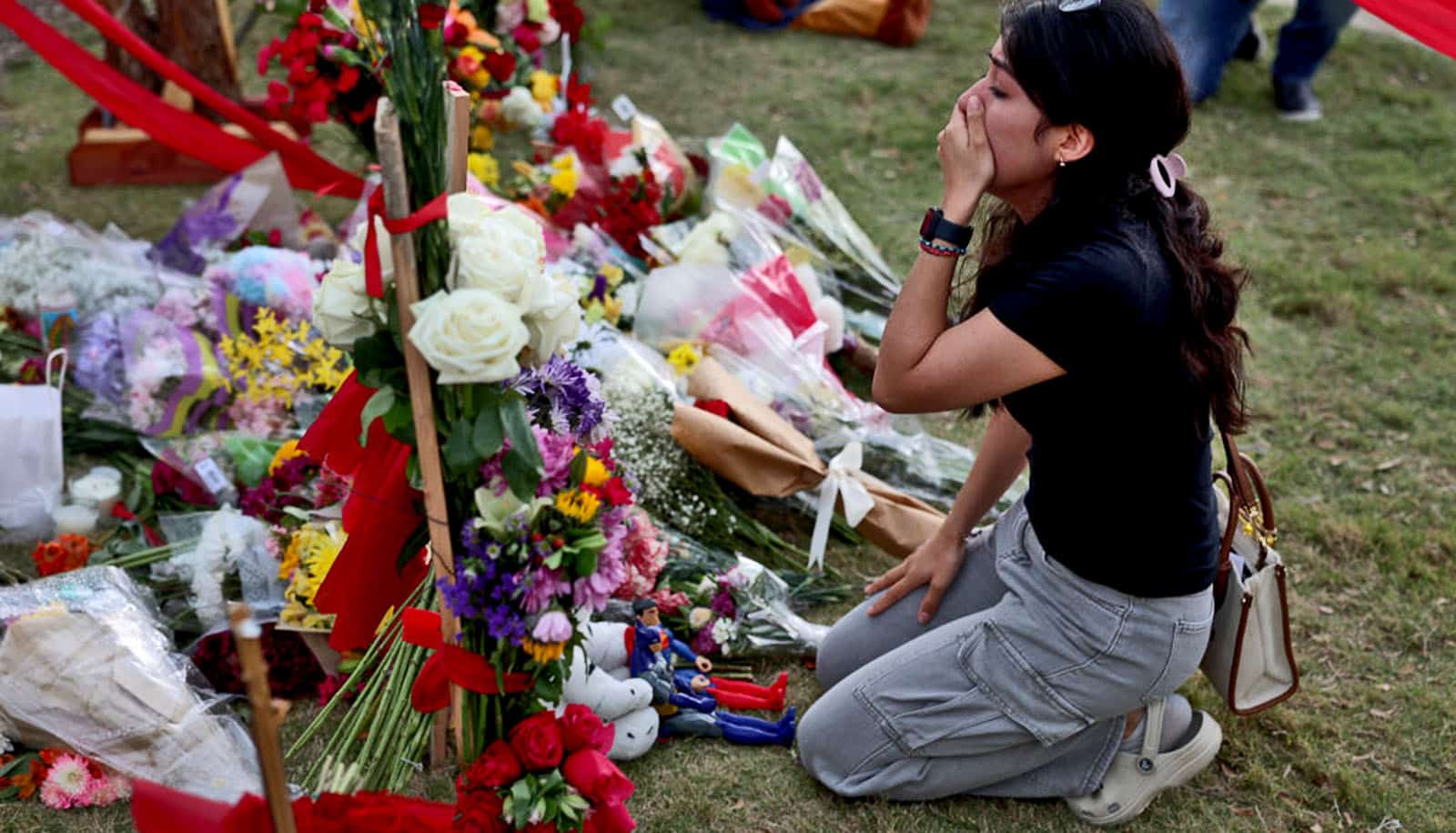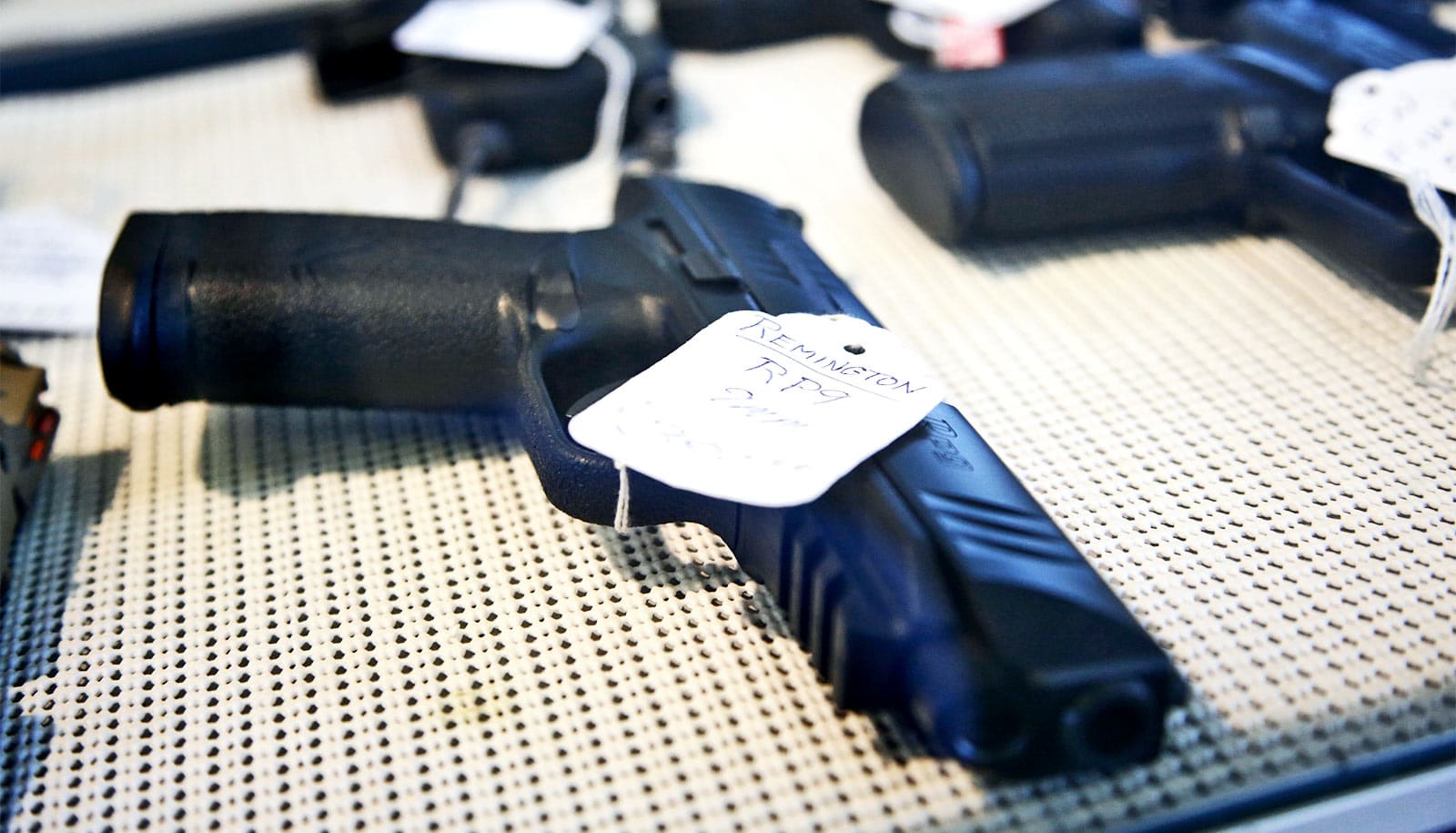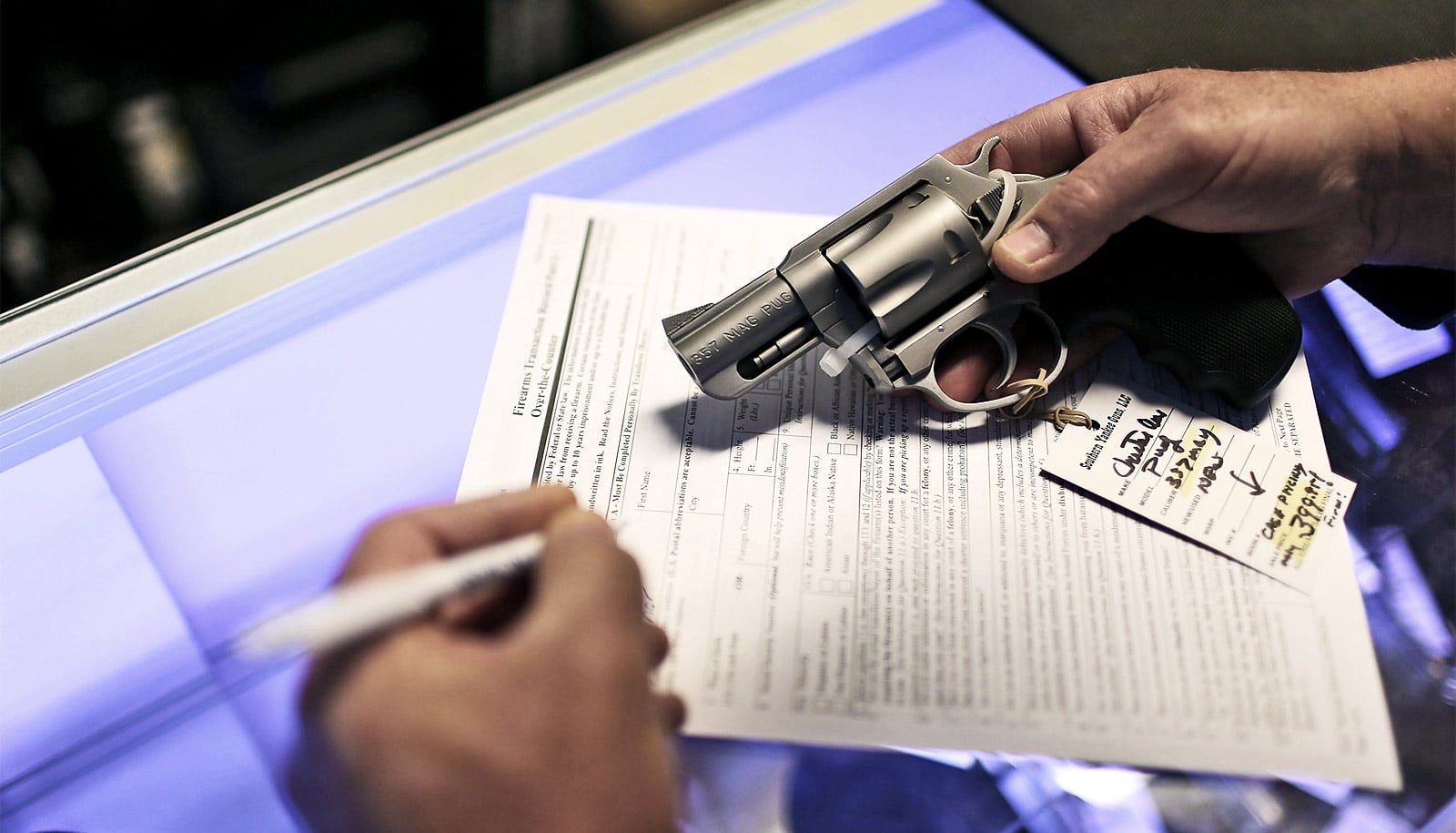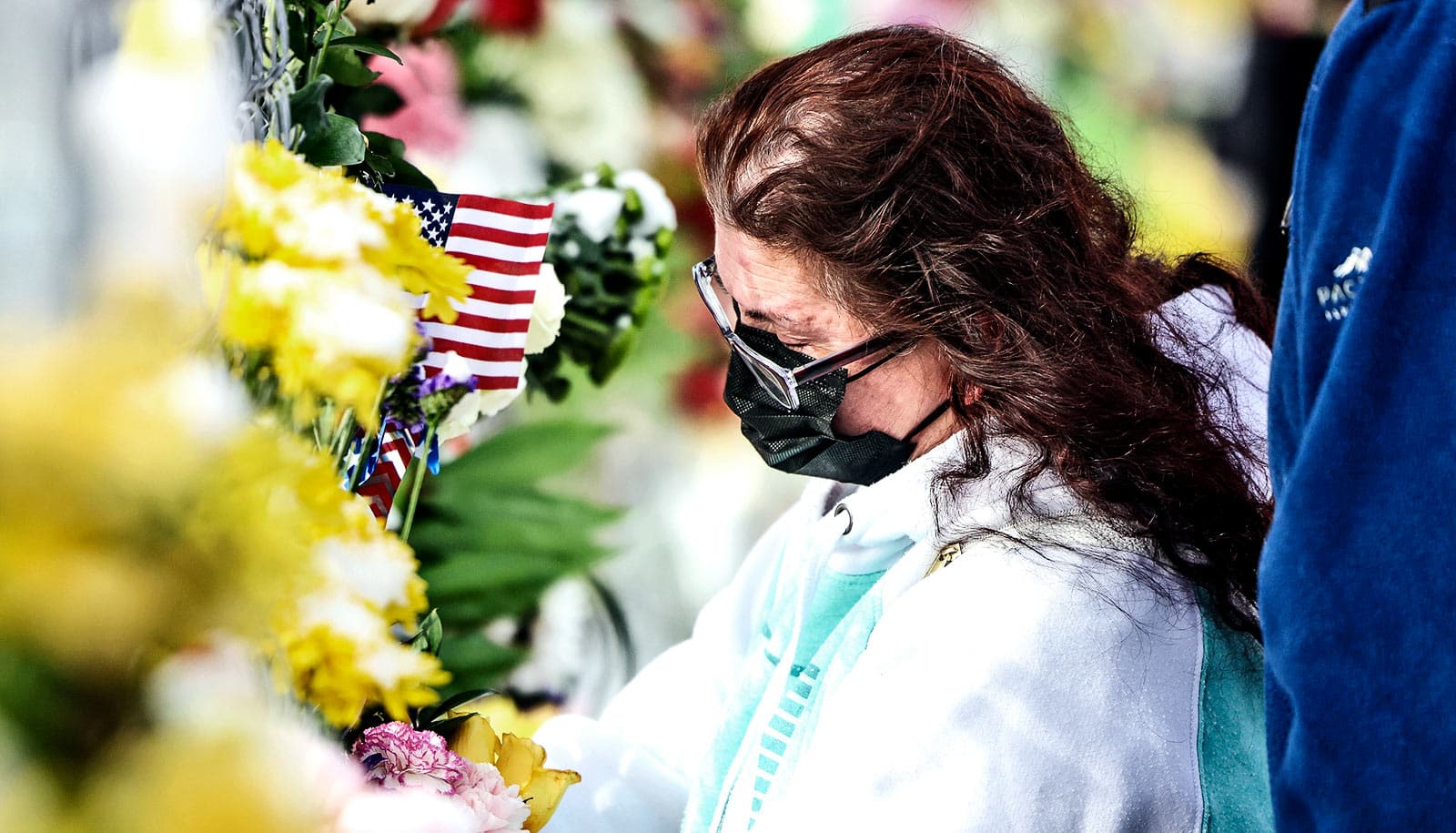Mass shooters pursuing fame often plan their attacks as “surprises,” carefully crafting them in ways that set them apart from previous incidents, a study shows.
This tendency makes them uniquely challenging to prevent.
Led by Maurizio Porfiri, professor at New York University Tandon School of Engineering and director of the Center for Urban Science and Progress (CUSP), a team of researchers collected and analyzed data from 189 mass shootings between 1966 and 2021, and found that fame seekers—as opposed to those predominantly motivated by personal grievance or revenge, for example—planned their crimes around the novelty of the location and targets.
This type of deviation from historical precedent did, in fact, boost the shooters’ fame, the research reveals. The study appears in the Proceedings of the National Academy of Sciences.
“Previously, it was believed that lethality—how many people killed—was the main contributor to mass shooters’ fame. Our study found that ‘surprise’ creates fame even when controlling for lethality,” says Porfiri. “Fame-seeking mass shooters are not necessarily attempting deadlier shootings by maximizing surprise. Rather, the data found no relationship between surprise and lethality, either achieved by the shooters in terms of death and injury toll or sought after by bringing more or deadlier weapons. It is likely that pursuing surprising attacks is perceived as an independent path to fame for these types of shooters.”
Attacks by fame-seekers were about three times more surprising than those from non-fame-seekers, based on a metric called “surprisal” that measures how much an attack deviated from preceding mass shootings in terms of the location and targets chosen. Surprisal is a mathematical concept borrowed from the field of information theory, a key engineering area that has a wide range of applications that include cryptography, statistical inference, urban science, and robotics.
Eight out of the 10 most famous mass shootings were perpetrated by fame-seekers, the researchers find. To assess fame, researchers relied on Wikipedia traffic data for pages related to each incident—which indicate how much the public searches for information about the event—rather than the quantity of media coverage an incident generates, a traditional fame measure. Shooters own documented comments about desiring fame from their acts established their fame-seeking status.
This new insight about the novelty of fame-seeking mass shooters’ attacks adds urgency to two important preventative strategies, red flag laws, and how the media covers these atrocities, says Porfiri.
Strong red flag laws ratchet up the legal ability to restrict firearm access for people exhibiting threatening behavior. “Fame seekers frequently make their intentions known prior to acting, making red flag laws crucial to prevent that sort of crime,” says Porfiri, who points out that increasing security at “normal” mass shooting locations will not stop fame seekers who expressly avoid committing their crimes in those places.
In fact, the media establishes what is “normal” by including precise details about the locations and targets in news stories about mass shootings, says Porfiri, creating a pattern that fame seekers work against. Porfiri says that although reducing details in media coverage of mass shootings could play a role in reducing fame-seeking attacks, additional research would be needed to confirm optimal reporting strategies.
The study contributes to Porfiri’s ongoing data-based research related to United States gun prevalence and violence, which he is pursuing with funding from the National Science Foundation to study the “firearm ecosystem” in the US. Previous projects focused on factors that prompt gun purchases, state-by-state gun ownership trends, and forecasting monthly gun homicide rates.
Source: NYU



